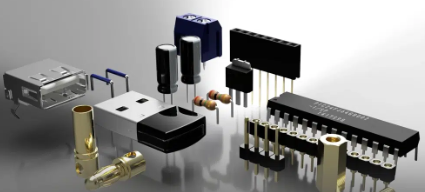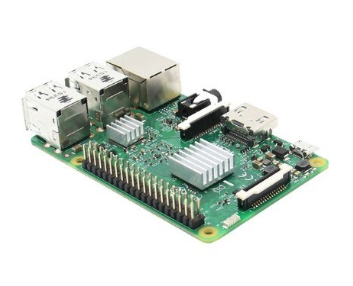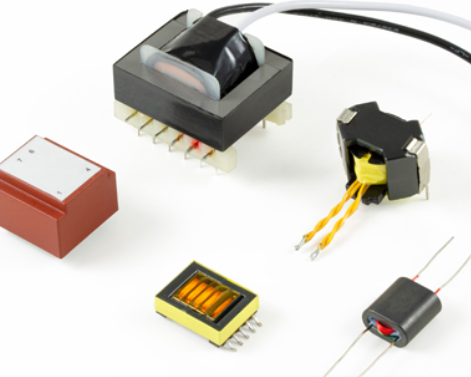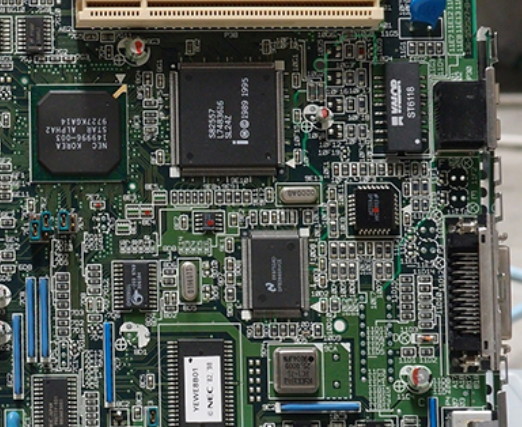- Ameya360 Component Supply Platform >
- Trade news >
- What are the websites to buy electronic components
What are the websites to buy electronic components
Electronic components that are not easily sourceable in-store but they can usually be purchased from manufacturers and distributors of electronic components. Ameya Holding Limited is your authorized distributor with over a million in stock products from the world's top suppliers. Find what you need using ameya360.com's expansive database of millions of components. Lots of people searching now a day to buy electronic components store but very few are able to find a good one. This post will guide you through the electronic component stores near you as well as buying electronic components store online.
Well, you can buy electronic components both online and offline. Almost every electronic market in the world has electronic spare parts shop. Most technicians who repair Different Types of Printed Circuit Boards, Computer or Laptop Motherboard, TV or Repair Smartphone buy all the spare parts locally. I have rarely seen them buy these spare parts online except in some rare and exceptional cases when components are hard or difficult to find locally.
So, if you need some electronic components in small quantity then it better to buy them locally from shop near you. Though obsolete components are rare to get offline locally and will have to be sourced online.
Guide before buying electronics components online:
Buying electronics components online can be a convenient and cost-effective option, but it’s important to take certain precautions to ensure that you’re getting high-quality components that meet your needs. Here are some guidelines to follow before making a purchase:
· Before buying from a new supplier, do your research to make sure that they are reputable in online market and have a good track record of providing high-quality components also good at customer service.
· Make sure that the components you’re buying meet the specifications you need. Check the datasheet and other documentation to ensure that the components have the correct voltage rating, current rating, and power ratings, as well as any other relevant specifications.
· Look around to compare prices from different suppliers. Keep in mind that the cheapest option may not always be the best, but it is always a good idea to compare prices to ensure that you’re getting a good deal.
· Make sure to check the shipping and handling cost and time, and also the supplier’s policy on lost or damaged items, because sometimes, buying cheaper components online can cost you more than due to shipping costs.
· it’s important to buy from reputable online store and look for signs of authenticity such as serial numbers.
· Read reviews online of that supplier to get an idea of their experience and the quality of the components.
For further information on our product range visit our website here, or to discuss your requirements with our team please call: +86 (21) 6401-6692 or email: amall@ameya360.com.
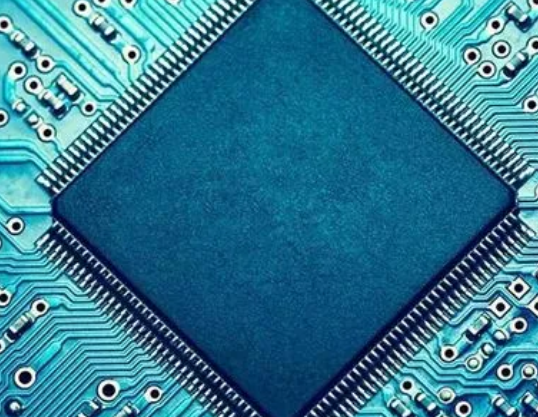
Online messageinquiry
- Week of hot material
- Material in short supply seckilling
| model | brand | Quote |
|---|---|---|
| CDZVT2R20B | ROHM Semiconductor | |
| RB751G-40T2R | ROHM Semiconductor | |
| TL431ACLPR | Texas Instruments | |
| MC33074DR2G | onsemi | |
| BD71847AMWV-E2 | ROHM Semiconductor |
| model | brand | To snap up |
|---|---|---|
| IPZ40N04S5L4R8ATMA1 | Infineon Technologies | |
| BP3621 | ROHM Semiconductor | |
| TPS63050YFFR | Texas Instruments | |
| ESR03EZPJ151 | ROHM Semiconductor | |
| STM32F429IGT6 | STMicroelectronics | |
| BU33JA2MNVX-CTL | ROHM Semiconductor |
- Week of ranking
- Month ranking
Qr code of ameya360 official account
Identify TWO-DIMENSIONAL code, you can pay attention to


Please enter the verification code in the image below:
